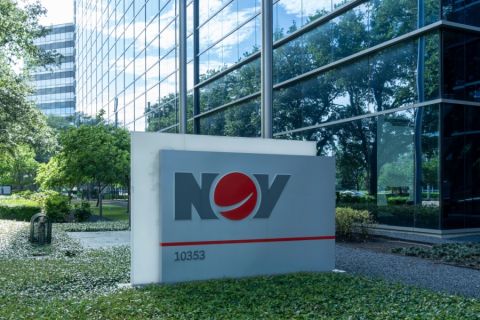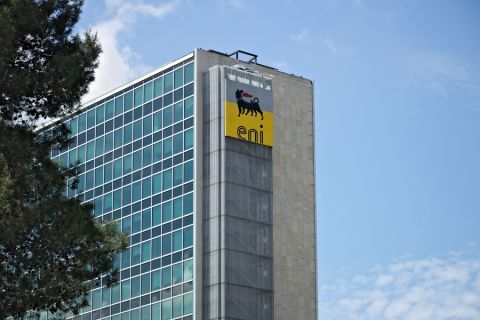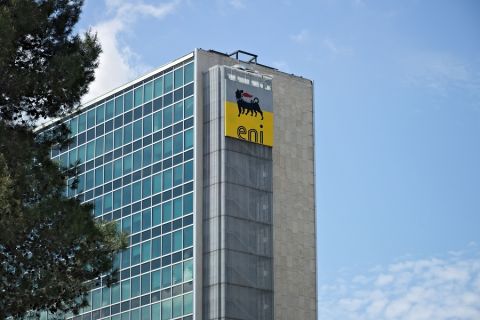Is a distribution cut a death knell for a master limited partnership (MLP)?
Historically, a distribution cut is a measure of last resort. Traditionally, an MLP will reduce its distribution as little as possible, which may lead to additional cuts—and attendant bad press and poor price performance. If the situation worsens, the process could end in bankruptcy, pink sheets or in acquisition.
There are some other options for an MLP with a general partner (GP). The GP typically has incentive distribution rights (IDRs) that give the GP an increasing portion of the MLP’s cash flow, and frequently, GP’s own subordinated units in addition to their limited partnership units. Should an MLP have trouble paying its distribution, a GP can elect to give back or delay distributions on its subordinated units, it can forego IDRs for a period of time, or even forego distributions on its limited partnership units.
While each of these is a warning sign of an MLP in trouble, none are as dire as a distribution cut in the eyes of the market.
Of the 20 MLPs that cut their distributions in the past 10 years, nine are bankrupt or trading well below their pre-cut trading price, four have been acquired and five have recovered.
The successes
The five success stories include Atlas Pipeline Partners and its general partner, Atlas Energy; Crosstex Energy and its general partner, Crosstex Energy Inc.; as well as BreitBurn Energy Partners. As a function of the limited partnerships’ ability to reinstate and grow distributions again, the GPs also became success stories due to their leveraged exposure to the underlying LP distribution.
Both the Crosstex and Atlas family of companies are in the gathering and processing business. While the gathering business model is typically fee-for-service, at that time, processing revenue was often determined by the value of natural gas liquids (NGLs) produced. When commodity prices fell in 2008 and 2009, producers began to drill significantly less and therefore needed fewer services and NGL prices fell.
The Crosstex family faced additional setbacks due to Hurricanes Ike and Gustav. Crosstex sold assets and reduced growth spending in order to establish cash flows sufficient to reinstate the distribution after six quarters. Atlas hired a new chief executive immediately before the cut was announced, and he grew the company organically to regain financial stability and to reinstate the distribution within five quarters.
In the face of declining oil and gas prices, BreitBurn, an exploration and production MLP, eliminated its distribution in April 2009. In addition to the distribution cut, capital spending was dramatically reduced to focus on only the most productive wells, professional and administrative employees were let go, and hedges were monetized.
More recently, Natural Resource Partners (NRP) cut its distribution in January. NRP, a coal company facing challenging fundamentals, has recently been diversifying into businesses outside of coal and expects that the extra cash retained at the partnership will help them to do so. Citing the benefits of these businesses, the partnership has not eliminated its distribution entirely.
Sand to the beach
Boardwalk Pipeline Partners’ announcement that it was reducing its distribution far below analyst expectations was the surprise of 2014 in the MLP world. Due to high gas production in the Marcellus shale, Boardwalk is in the unfortunate position of bringing sand to the beach as its pipelines bring gas north. Its difficulty has been well-known in the market.The firms mentioned above have cut their distributions by as little as possible, even if that meant they would need to cut it further the next quarter. Boardwalk has gone with the “rip off the Band-Aid approach.”
By dramatically decreasing the distribution, it can use the cash to de-leverage quickly, and its GP has offered to provide debt, as well as support it in the proposed Bluegrass Pipeline project.
Boardwalk has options to reverse the flow of its gas pipelines or convert them to move a different product. Investors—while wary as ever of an MLP cutting its distribution—have not completely abandoned the stock.
Just as there are many reasons an MLP may need to cut its distribution, there are many ways to recover and reinstate a distribution. While market forces changing in their favor and a supportive and generous GP are always helpful, MLPs can also cut costs, renegotiate contracts to be fee-based instead of commodity price sensitive, sell assets and conservatively invest available cash in fee-based projects.
Maria Halmo and Emily Wang, CPA, are directors for Alerian, an independent indexing company that provides objective market information. More than $16 billion is directly tied to Alerian’s indices, which include the leading benchmark of MLP infrastructure equities: the Alerian MLP Infrastructure Index (AMZI). For more information, please visit www.alerian.com.
Recommended Reading
Keeping it Simple: Antero Stays on Profitable Course in 1Q
2024-04-26 - Bucking trend, Antero Resources posted a slight increase in natural gas production as other companies curtailed production.
NOV Announces $1B Repurchase Program, Ups Dividend
2024-04-26 - NOV expects to increase its quarterly cash dividend on its common stock by 50% to $0.075 per share from $0.05 per share.
Initiative Equity Partners Acquires Equity in Renewable Firm ArtIn Energy
2024-04-26 - Initiative Equity Partners is taking steps to accelerate deployment of renewable energy globally, including in North America.
Repsol to Drop Marcellus Rig in June
2024-04-26 - Spain’s Repsol plans to drop its Marcellus Shale rig in June and reduce capex in the play due to the current U.S. gas price environment, CEO Josu Jon Imaz told analysts during a quarterly webcast.
Ithaca Deal ‘Ticks All the Boxes,’ Eni’s CFO Says
2024-04-26 - Eni’s deal to acquire Ithaca Energy marks a “strategic move to significantly strengthen its presence” on the U.K. Continental Shelf and “ticks all of the boxes” for the Italian energy company.





